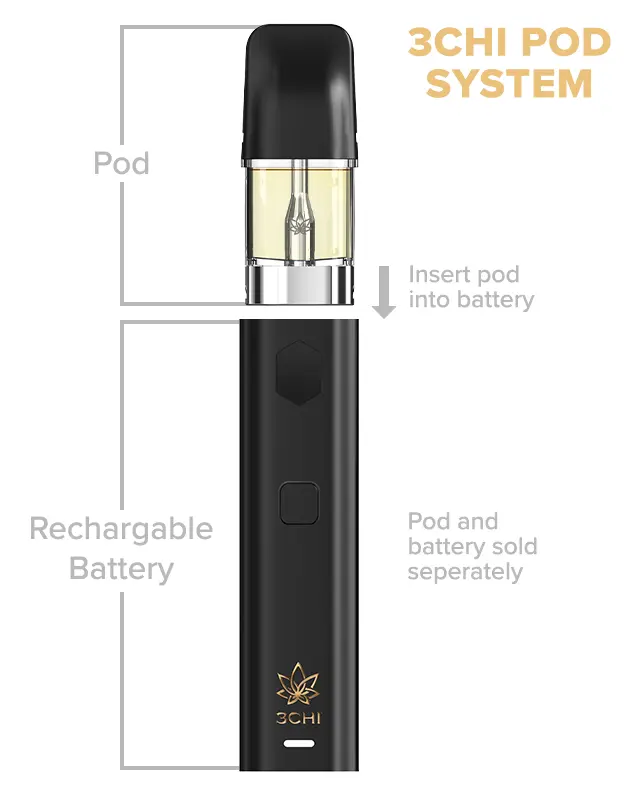Turn Products High-Demand Vape Pens: Industry Trends and Insights
Turn Products High-Demand Vape Pens: Industry Trends and Insights
Blog Article
The Ecological Influence of Disposable Vapes: Are They Absolutely Sustainable?
Non reusable vapes, a growing market segment in the vaping industry, have triggered discussions regarding their environmental impact. With issues varying from source removal to squander disposal, delving right into the environmental impact of non reusable vapes reveals a complex concern that deserves better examination.
Ecological Influence of Disposable Vapes

Unlike standard vapes that can be re-filled and reused, non reusable vapes are developed for a single-use cycle, bring about a quick build-up of digital waste. The manufacturing process of disposable vapes likewise eats beneficial resources and energy, more aggravating their environmental footprint. Inappropriate disposal of these tools can result in dirt and water contamination, posturing risks to wildlife and environments.

Manufacturing Refine and Source Consumption
During the manufacturing of disposable vapes, considerable amounts of sources and power are consumed, adding to their overall ecological effect. Furthermore, the manufacturing of disposable vapes commonly includes the usage of non-renewable sources, additionally depleting finite materials.
In addition, the manufacturing of non reusable vapes additionally creates waste and pollution. The manufacturing procedure of disposable vapes plays a significant role in their overall environmental impact and sustainability considerations.
Waste Generation and Disposal Obstacles
In light of the resource-intensive manufacturing procedure of disposable vapes, the monitoring of waste generation and disposal provides substantial ecological obstacles. Non reusable vapes add to the placing problem of digital waste because of their single-use nature and complex composition. The batteries, wiring, and plastic parts of disposable vapes make them tough to recycle effectively, leading to a substantial amount of e-waste ending up in garbage dumps. Inappropriate disposal of these devices can cause hazardous chemicals leaching into the soil and water, presenting risks to ecological communities and human wellness.
In addition, the improper disposal of disposable vape cartridges, which often contain residual pure nicotine and other harmful materials, can pollute the atmosphere if not dealt with correctly. The absence of standardized recycling programs for these cartridges aggravates the issue, from this source with lots of winding up in normal waste streams.
To deal with these waste generation and disposal challenges, it is critical for producers to make even more sustainable vape items that are simpler to recycle. Additionally, raised recognition and education on appropriate disposal techniques among customers are essential in alleviating the ecological effect of non reusable vapes.
Chemicals and Toxic Materials Usage

Additionally, the batteries in non reusable vapes consist of hefty steels such as lead, lithium, and cadmium, which are damaging to the atmosphere otherwise recycled properly. Turn products. Improper disposal of these batteries can cause soil and water contamination, presenting threats to communities and human health. The widespread usage of chemicals and harmful materials in disposable vapes underscores the significance of embracing sustainable techniques in their usage, production, and disposal to mitigate negative ecological influences.
Sustainable Alternatives and Solutions
What lasting options and solutions can be carried out to address the ecological impact of non reusable vapes? In addition, advertising responsible check here disposal practices for disposable vapes, such as reusing programs, can aid minimize the ecological consequences connected with these products.
An additional lasting service is the growth of naturally degradable vape parts. Producers can check out making use of biodegradable products for vape cases, cartridges, and packaging to minimize the lasting ecological influence of these products. Moreover, motivating making use of vaping products with less chemical ingredients and toxic substances can also add to a more sustainable vaping market.
Education and understanding campaigns can play a critical duty in advertising lasting methods among vapers - Turn products. By notifying consumers concerning the ecological influence of non reusable vapes and highlighting the advantages of environmentally friendly alternatives, individuals can make even more educated choices that align with environmental conservation efforts. Eventually, a combination of regulatory steps, technological advancements, and customer actions is necessary to deal with the environmental difficulties positioned by non reusable vapes
Verdict
Finally, the environmental impact of non reusable vapes is substantial due to the manufacturing process, source intake, waste generation, and use of chemicals. Sustainable alternatives and services have to be taken into consideration to mitigate these adverse impacts. It is vital for customers and makers to prioritize eco-friendly methods to decrease the environmental injury triggered by disposable vapes.
The environmental influence of non reusable vapes is an expanding issue as their extensive use adds to plastic waste build-up.Unlike traditional vapes that can be replenished and reused, non reusable vapes are made for a single-use cycle, leading to a rapid accumulation of electronic waste. The extensive usage of chemicals and hazardous materials in disposable vapes underscores the importance of adopting sustainable techniques in their usage, manufacturing, and disposal to alleviate damaging ecological effects.
By informing consumers more helpful hints about the ecological influence of disposable vapes and highlighting the advantages of green alternatives, individuals can make even more informed options that straighten with ecological preservation efforts.In final thought, the ecological effect of disposable vapes is substantial due to the manufacturing process, resource intake, waste generation, and usage of chemicals.
Report this page